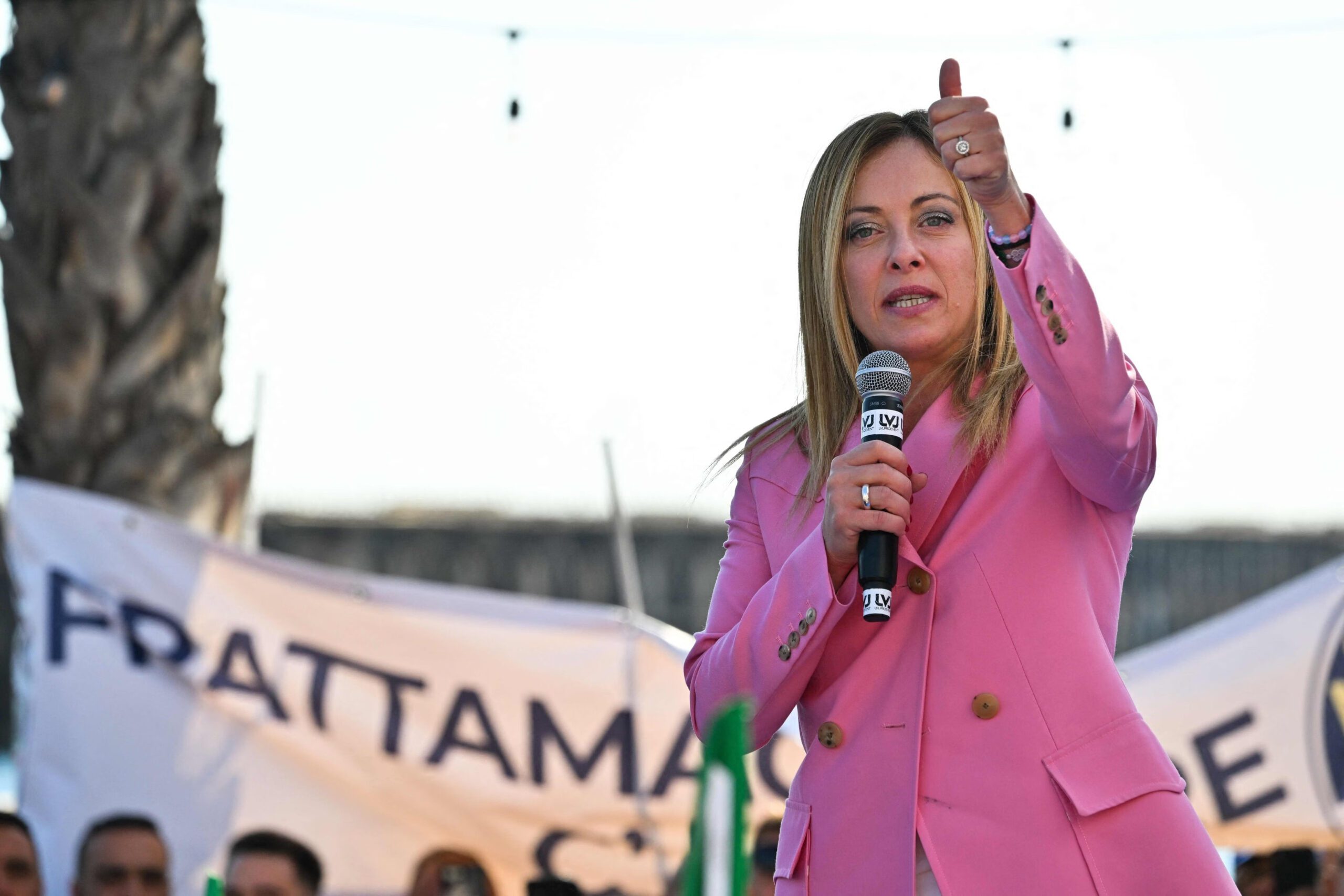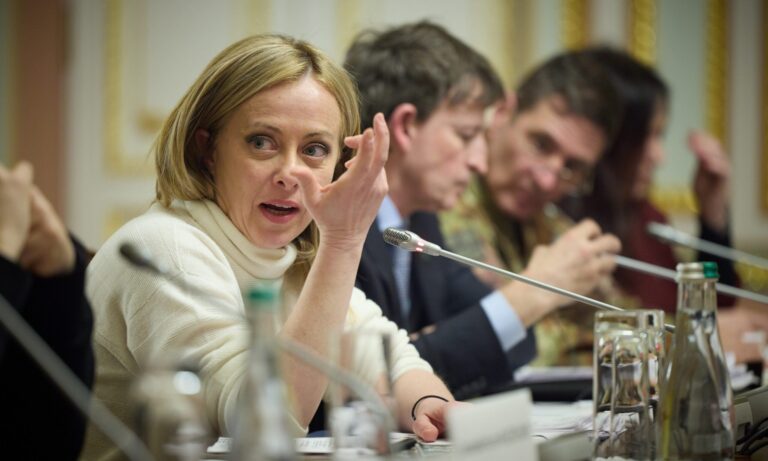
The visit of Wang Yi, Minister of Foreign Affairs of the People’s Republic of China, marked a crucial step in redefining Italy–China relations under Giorgia Meloni’s government. On October 8, Wang Yi co-chaired the 12th session of the Italy–China Intergovernmental Committee with Italian Deputy Prime Minister and Foreign Minister Antonio Tajani, followed by a meeting the next day with President Sergio Mattarella. These were the two central moments of a diplomatic mission focused on implementing the 2024–2027 Action Plan for the strengthening of the Comprehensive Strategic Partnership, signed during Meloni’s trip to Beijing in July 2024. Beyond the protocol dimension of diplomacy, the visit underlined the mutual effort to recalibrate bilateral cooperation in an era of intensified great power competition, trade frictions, and Italy’s determination to align with the EU’s de-risking strategy, while reinforcing the economic and political value chain of the transatlantic space. Italy’s model could serve as a valuable reference for other European countries facing similar challenges.
A Relationship in Recalibration
For Beijing, the visit carried both symbolic and operational significance. Wang Yi emphasized that Italy and China are “two great civilizations that respect and learn from each other,” listing tangible outcomes achieved over the past year. Among them: the China–Italy Innovation Cooperation Park in Lingang, supporting joint high-tech projects, expanding civil space cooperation and the new visa-free regime for Italian citizens as well as facilitating business and tourism flows. Cultural ties between Milan and Shanghai in design and fashion further reinforce reciprocal soft power. The narrative is designed to project continuity and concreteness in bilateral relations, even after Italy’s withdrawal from the Belt and Road Initiative, which was formalized in December 2023 through the non-renewal of the 2019 Memorandum of Understanding.
For Rome, economic cooperation remains the engine of the partnership but is now framed by a growing focus on technological sovereignty and security. Italy seeks to reconcile openness and caution – what can be defined as a strategy of “conscious pragmatism,” embedded in the broader logic of European de-risking.
Between De-risking and Technological Sovereignty
In the first eight months of 2025, trade between Italy and China reached €49.8 billion – up 16 percent year-on-year – though still heavily tilted in Beijing’s favor. Italian exports stood at €9.1 billion (-11.1 percent), while imports climbed to €40.7 billion (+24.5 percent). This imbalance reinforces the need for structural rebalancing and greater transparency in supply chains.
At the industrial level, several strategic dossiers remain open. The Pirelli case continues to serve as a key precedent for calibrated use of the golden power (the Italian government’s special authority to protect strategic sectors from foreign acquisitions or influence). In 2023, the government imposed conditions on Chinese shareholder Sinochem to safeguard governance and strategic control while avoiding open confrontation with Beijing. The decision, reaffirmed in 2025 after further review, illustrates Italy’s balanced approach between industrial sovereignty and openness to foreign capital. Another test case is BYD’s possible decision on a European plant – Italy remains on the shortlist alongside Spain and France. Rome’s ability to offer competitive incentives and regulatory certainty will be decisive, while the outcome will signal Italy’s credibility as a manufacturing hub aligned with the EU’s de-risking logic. Meanwhile, scrutiny over TikTok’s data management – echoing both the EU and US concerns – reflects the same effort to protect strategic interests without severing economic dialogue with China.
The New Paradigm of “Buy Transatlantic”
A clear sign of this evolution came with the decree introducing the “buy transatlantic” principle for public procurement in ICT and cybersecurity. Technologies produced in Italy, the EU, NATO countries, or trusted partners – such as Japan, Israel, South Korea, Australia, New Zealand, and Switzerland – receive preferential treatment over Chinese suppliers. The measure responds to vulnerabilities identified in the past use of Chinese components, positioning Rome between Washington’s “buy American” and Brussels “buy European” approaches. In the medium term, the model could be extended to defense procurement, reinforcing the industrial coherence of the Euro-Atlantic pillar.
Building on the “buy transatlantic,” the government has also updated the national cybersecurity framework. A decree signed by the Undersecretary Alfredo Mantovano, who oversees intelligence matters, includes 4G and 5G mobile services and systems (both standalone and non-standalone) among IT goods and services that must comply with essential cybersecurity requirements. Proposed by the National Cybersecurity Agency (ACN) and implementing Law 90/2024, Italy’s digital security reform, the decree introduces new procurement criteria for public entities in sensitive sectors. Preference will go to suppliers from EU or NATO countries, or from states with cybersecurity and classified information cooperation agreements. The goal is to build a trusted allied supply chain and reduce dependence on potentially hostile vendors – read: China. In parallel, Defense Minister Guido Crosetto announced the creation of a 1500-strong “cyber army” to protect critical infrastructure, completing the strategic framework outlined by the Mantovano decree. Together, the two initiatives define cyberspace as a new frontier of national security and strengthen Italy’s Euro-Atlantic alignment.
Another strategic measure links energy policy and security. The decree excluding Chinese solar panels and components from renewable energy incentives, approved in July 2025, was the first of its kind in the EU. The move aims to reduce technological dependence on Beijing in a key sector for the green transition while consolidating Italy’s industrial autonomy. It reinforces convergence with Washington and aligns with the EU’s Clean Industrial Act, directly linking energy security to geopolitical resilience.
The Cultural and Geopolitical Context
Meanwhile, the cultural dimension continues to serve as a symbolic anchor of the partnership. The exhibition “Dialogue with Pompeii,”inaugurated in Hangzhou, and joint initiatives between Venice and Dunhuang within the 2025 Global Mayors Dialogue reaffirm the role of cultural diplomacy as a bridge between ancient and modern civilizations. In a climate of strategic mistrust, culture remains one of the few domains capable of building trust and a shared outlook.
Regarding foreign policy, Wang Yi’s visit provided an opportunity to restate positions on Ukraine and the Middle East. Rome remains aligned with the Euro-Atlantic front and demands verifiable Chinese commitments to curb dual-use technology transfers to Moscow. Beijing, for its part, continues to present itself as a neutral mediator – politically cautious but substantively passive – calling for negotiated solutions. On Gaza, both sides share the goal of de-escalation and a two-state solution, though with distinct tones. Rome balances solidarity with Israel and concern for Palestinian civilians, supporting the US-led Trump Plan for Gaza and participating in humanitarian assistance. Beijing maintains pro-Palestinian rhetoric as part of its broader anti-Western posture, while simultaneously deepening ties with Gulf partners.
China’s Vision of International Order
China’s position was clearly articulated by Geng Shuang’s address at the UN General Assembly on the rule of law in international relations. It emphasized sovereignty, non-interference, respect for treaties, and a stronger voice for the Global South. This legal framing reflects Beijing’s effort to legitimize a multipolar order as an alternative to the Western model. Rome views it with caution but also with pragmatic openness – as long as it translates into genuine multilateral dialogue rather than revisionism, it may offer space for selective convergence. Otherwise, it defines the perimeter of competition between models, visible from Africa, where Italy’s Mattei Plan (aligned with the EU’s Global Gateway and the G7’s PGII) encounters China’s extended Belt and Road Initiative as a systemic rival.
Ultimately, Wang Yi’s visit to Rome produced no major breakthroughs but consolidated a new vocabulary for managing the Italy–China relationship in the emerging Trump–Xi dynamic. Italy is striving to turn de-risking into a competitive advantage – keeping economic and cultural channels open with China while reinforcing industrial and technological security. This approach – anchored in transatlantic alignment yet open to selective cooperation – could offer a valuable reference point for other countries, such those in the Central and Eastern Europe, navigating similar strategic dilemmas. It is a diplomacy of maintenance, rooted in realism: containing risks, seizing opportunities, and preserving room for maneuver without succumbing to polarization (or multipolarism).
Written by
Emanuele Rossi
de_f_tEmanuele Rossi is an independent analyst focusing on the global connections of the Mediterranean. He is a Senior Fellow at Formiche and Decode39, and an author for the Med-Or Italian Foundation. His work regularly appears in media outlets and think tanks, covering security, international politics, geopolitics, and geo-economics.


